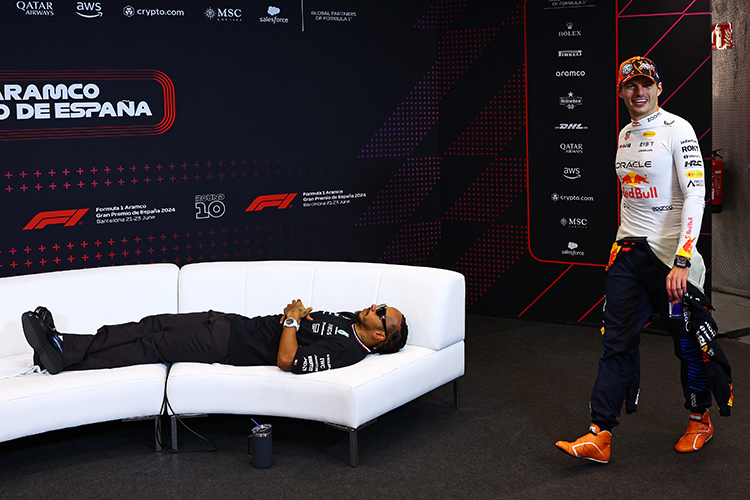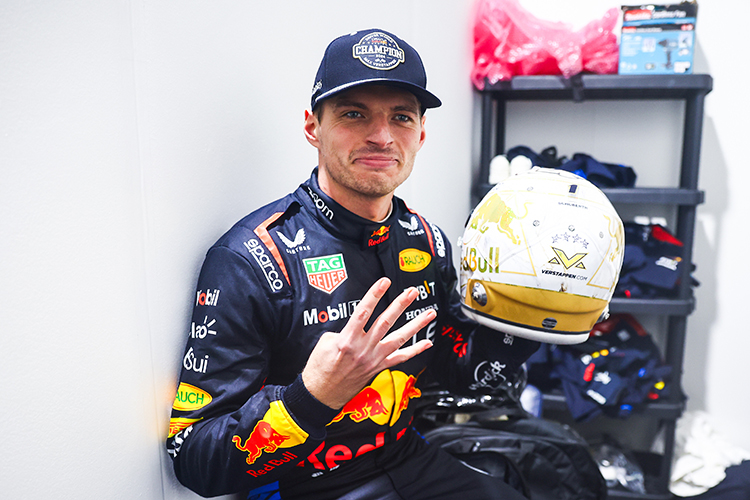How Many People Can Work on an F1 Car During a Race Weekend?

Formula 1 World Champions: A legacy of racing legends
How many people can work on an F1 car during a race weekend?
Discover how many people can work on an F1 car during a race weekend. Learn about FIA regulations, the role of pit crews, engineers, and the importance of workforce coordination in Formula 1.
Formula 1 is one of the most technically demanding and highly regulated sports in the world. The coordination required for an F1 team to perform optimally across a race weekend involves a wide range of personnel working on the car. From the precision of tire changes to the strategic adjustments made by engineers, every detail is crucial. But how many people are allowed to work on an F1 car during a race weekend, and what are the regulations governing this?
The Team Structure in Formula 1
Each F1 team consists of multiple departments, including mechanics, engineers, strategists, and data analysts. These professionals are tasked with ensuring that every aspect of the car’s performance is meticulously monitored and adjusted throughout the weekend. The number of people involved in working on the car, however, is strictly regulated by the Fédération Internationale de l'Automobile (FIA), ensuring fairness and safety across the sport.
The Pit Crew and Garage Workforce
During a race weekend, the most visible group working on the car is the pit crew, which is responsible for carrying out tire changes and other critical adjustments. The FIA restricts the number of people allowed to work on the car at any given time, particularly during pit stops. The maximum number of personnel working on the car at a single moment is capped at 20. This includes:
- Tire changers: Responsible for changing all four tires during a pit stop.
- Jackman: Lifts the car to facilitate the tire change.
- Front and rear tire lifts: Assist with stabilizing the car during the tire change.
- Other roles: Refueling (for older systems), adjusting aerodynamics, and addressing any technical issues that arise.
These 20 crew members work in perfect harmony, executing their tasks in under 3 seconds to ensure the car remains competitive. Their efficiency is critical in maintaining a team’s performance during a race.
The Engineering and Technical Teams
Beyond the pit crew, the larger team of engineers and data analysts works behind the scenes to ensure the car is performing at its best throughout the weekend. This group is responsible for car setup, diagnostics, and performance adjustments, working in the garage during practice sessions, qualifying, and the race itself.
While the FIA regulates the number of people working directly on the car during each race weekend, teams typically operate with a larger workforce to cover all essential roles. This includes:
- Race engineers: Handle car setup and adjustments based on feedback from the driver.
- Tire engineers: Focus on tire management and performance during each session.
- Performance engineers: Monitor telemetry and ensure the car is in optimal condition.
Team Size Regulations in Formula 1
The FIA enforces strict team size regulations to maintain competitive balance and ensure that no team gains an unfair advantage by deploying excessive personnel. While the number of people working on the car during a pit stop is limited to 20, the total number of personnel allowed on-site is typically between 60 to 80, including engineers, strategists, and support staff.
In 2023, teams are generally allowed to have around 100-120 people working across various roles, including race engineers, drivers, and other essential personnel. However, the cost cap introduced in recent years has influenced staffing decisions, requiring teams to operate with leaner structures and be more strategic about who is on-site.
Cost Cap and Staffing Decisions
In addition to workforce limits, the FIA’s cost cap regulations have further impacted team size. Teams must account for all personnel, ensuring they do not exceed their designated budget. This has encouraged teams to streamline operations and prioritize essential staff during race weekends, ensuring compliance with both the cost cap and staffing limits.
Conclusion: Efficient Team Coordination
In Formula 1, every team member plays a vital role in ensuring the car performs at the highest level. While the number of people allowed to work on the car is heavily regulated, each individual’s contribution is essential to the team’s success. Whether in the pit or the garage, the coordination of a highly skilled workforce ensures that teams can maximize performance while adhering to the sport’s strict rules.
From pit crew efficiency to the expertise of engineers, Formula 1 teams are constantly working within a regulated framework to ensure fairness and safety. The ability to balance the team size with performance needs is a key factor in achieving success on race day.
Up Next



